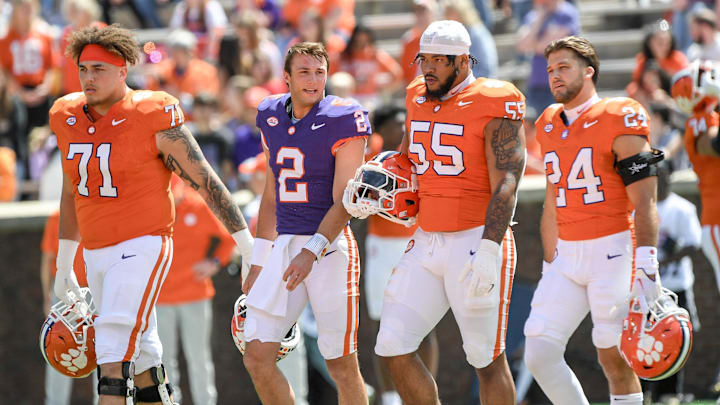Will this settlement bring anti-trust protection?
The primary problem the NCAA faces in the modern landscape of college athletics is that many of its rules have been found to violate anti-trust laws. This frustrates a lot of fans because college athletics worked so well with the traditional model of amateurism for a very long time.
This is oversimplifying the explanation, but the money in college athletics was modest enough that no one felt the athlete’s rights were being violated. In other words, even if they were allowed to make NIL, would there have been any NIL there to make?
That has changed as media coverage and television deals matured in the late 20th century. The incredible amount of revenues being shared highlighted the ways the traditional model violated anti-trust laws.
Professional sports have anti-trust exemptions because their rules are negotiated between the leagues and the players, who are represented by a union. This allows them to create rules that govern things like player movement between teams, rules for negotiating with free agents, consequences for off-field behavior, etc. In other words, most of the things that are a big problem in college sports: excessive use of the transfer portal, tampering, etc.
Will this settlement give the NCAA (or any other governing body) an anti-trust exemption to create rules to govern player movement and enforce them? Probably not, but we don’t know just how far a settlement in a court case, even at the federal level, can give the NCAA protections.
In other words, this sounds great, but it probably won’t keep players from transferring five times in four years, nor will it prevent School A from offering a player twice the revenue shares that School B is sharing with them to entice them to transfer.
Next: Does this strengthen the NCAA’s place in the industry?
